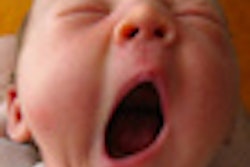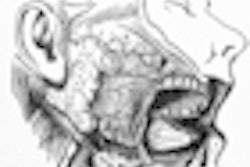Art from the past depicts social attitudes toward cleft lip and palate, according to an article in the current issue of Cleft Palate-Craniofacial Journal. The article explores the social and psychological ramifications that these works carry and suggests new directions for today's artists.
Many societies, then and now, measure a person's intelligence, character, and even "goodness" based on physical appearance, according to a press release announcing the article (CPCJ, March 2012, Vol. 49:2, pp. 129-136). Those who do not fit the "social norm," such as those with cleft lip and palate, can be stigmatized and face psychosocial adversity.
Without the modern knowledge that cleft lip and palate is a congenital anomaly that occurs during embryonic development, past cultures viewed it in a different light.
An Elizabethan ballad from 16th-century England tells of a "monstrous child" and warns against the immorality of the parents. The accompanying illustration depicts a newborn with multiple anomalies, including cleft lip and spina bifida. A painting of a street urchin from the Ming Dynasty displays in great detail a severe case of cleft lip and palate. As a street character, the subject represents the lowest class in society and suggests the Chinese folk believe that a cleft lip and palate is a curse.
Despite the many negative perceptions of cleft lip and palate, some societies, particularly in Central and South America, have held a much different view. The Moche of northern Peru, from 100 to 700 AD, used pottery and ceramics to capture their culture. Several pieces show noblemen, as can be told from ornamentations such as a sash, who proudly display their cleft lips. The Moche believed that those with clefts were anointed by the gods to occupy high positions of respect.
Societies can develop from a "personal tragedy" model of disability, where a disability happens to an unfortunate individual, to a "social" model of disability, where it is the duty of society to ensure that all are equally included in its social organization.



















